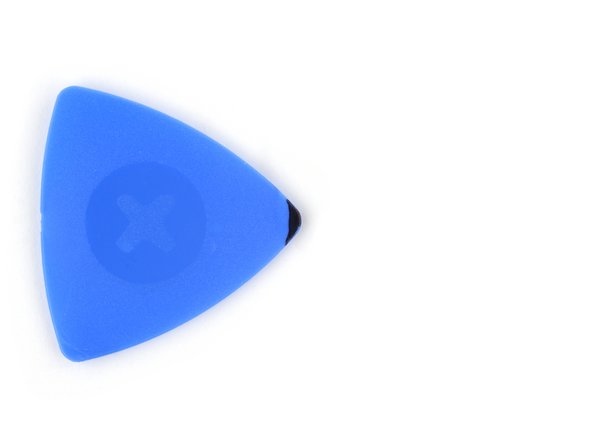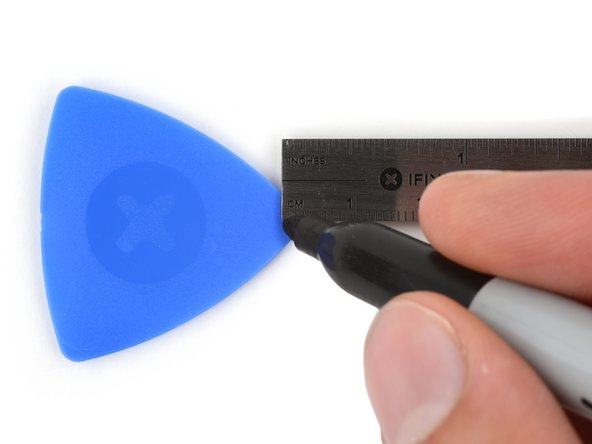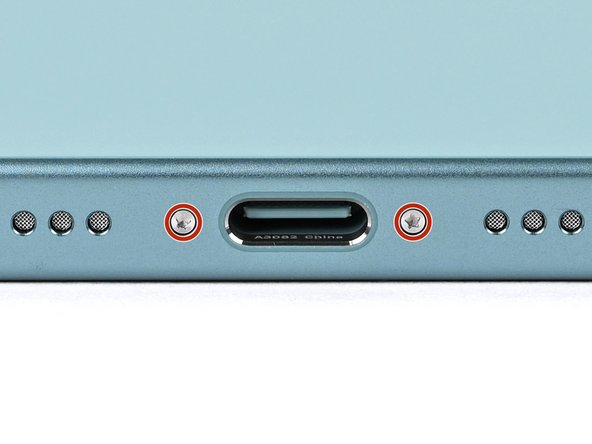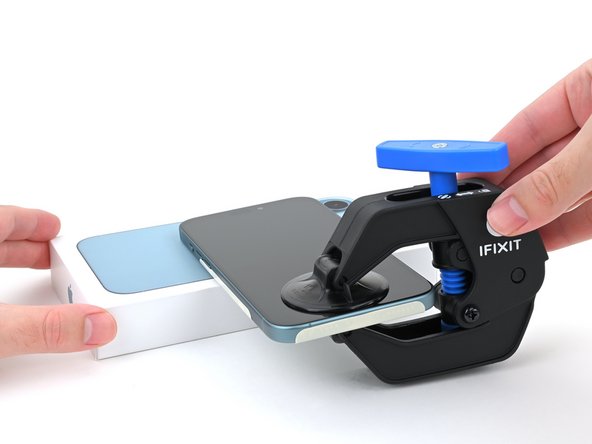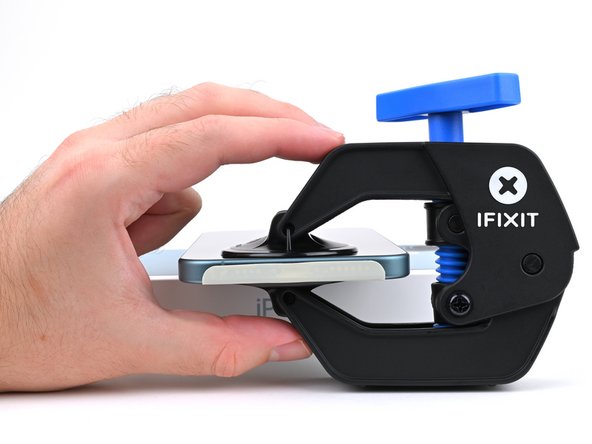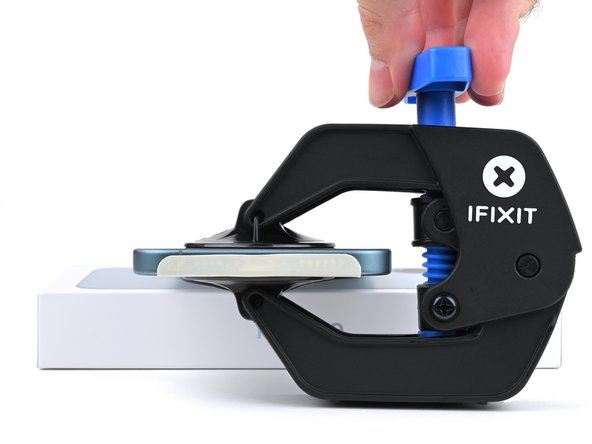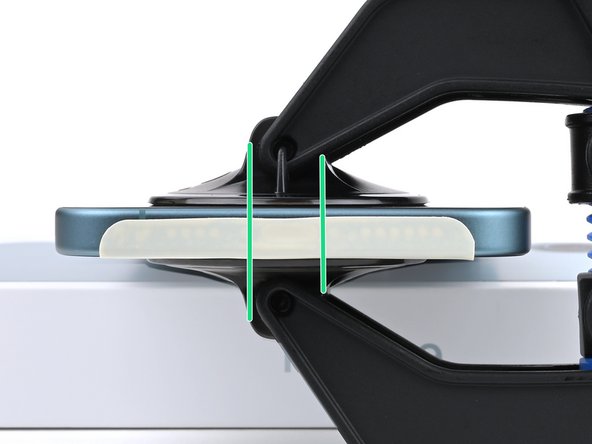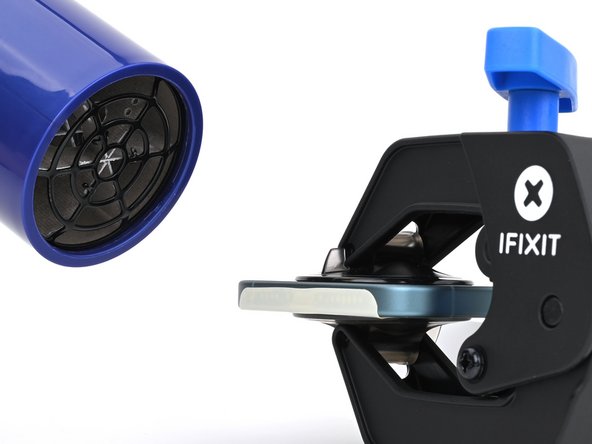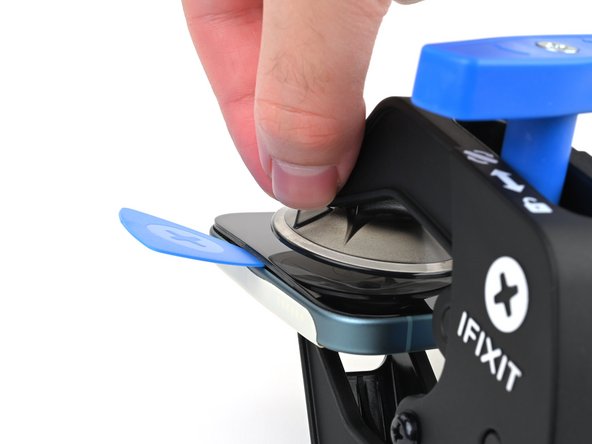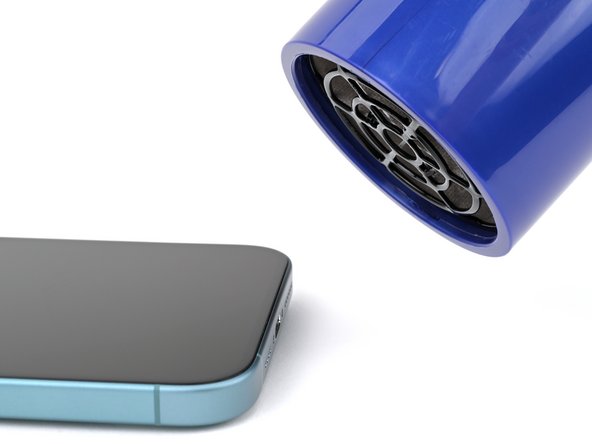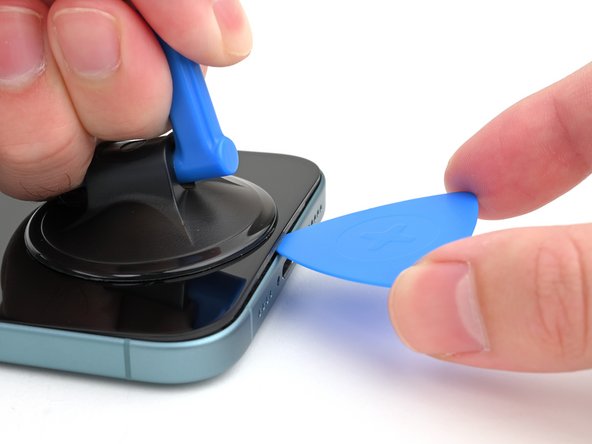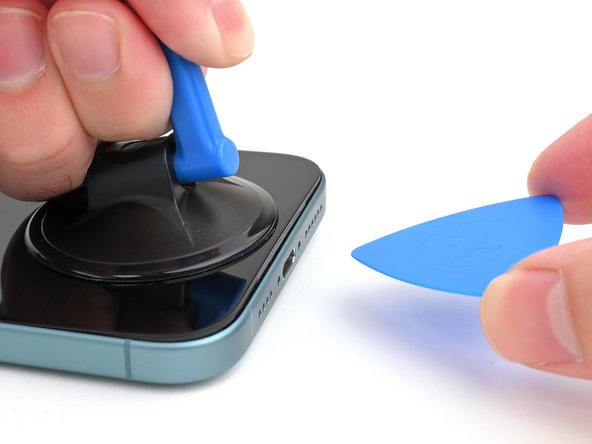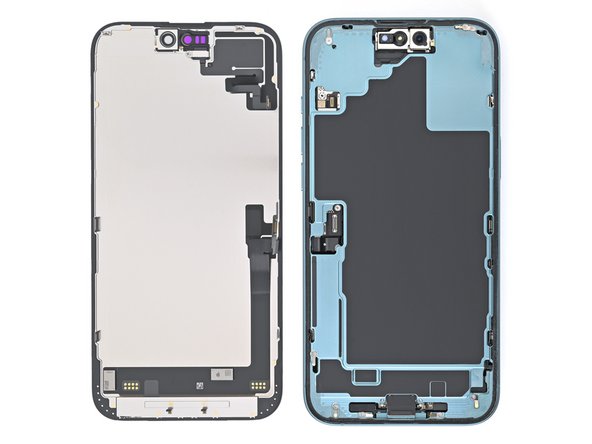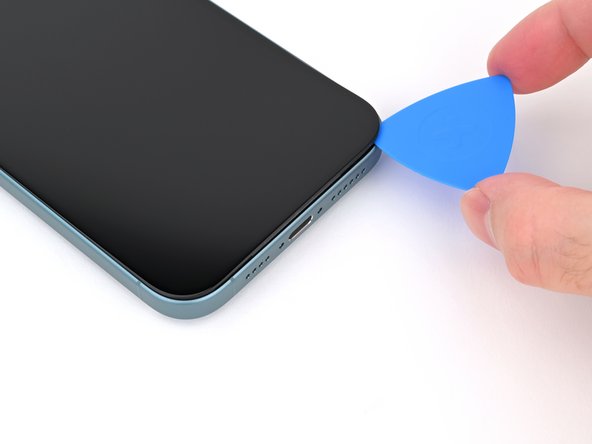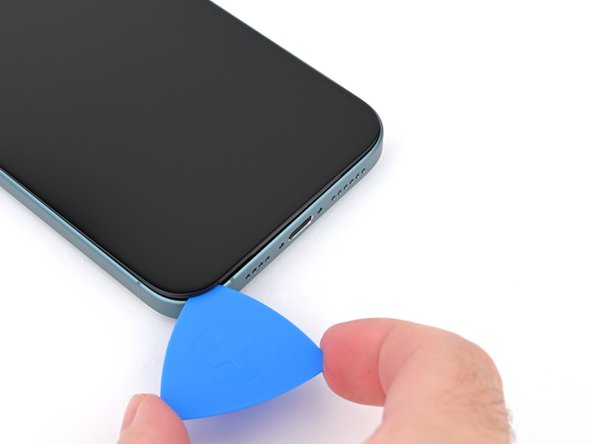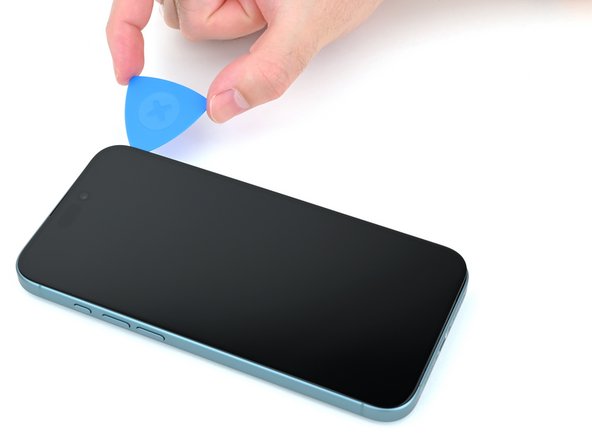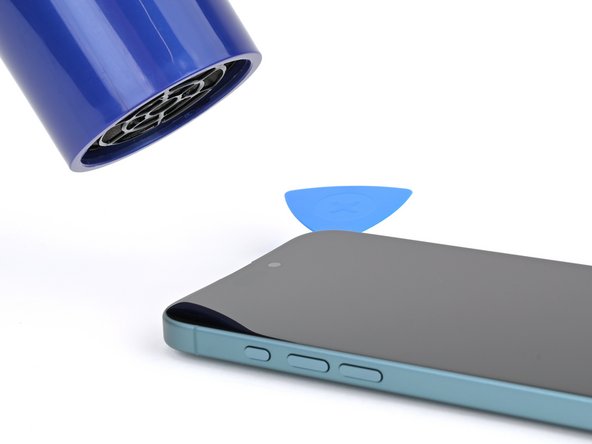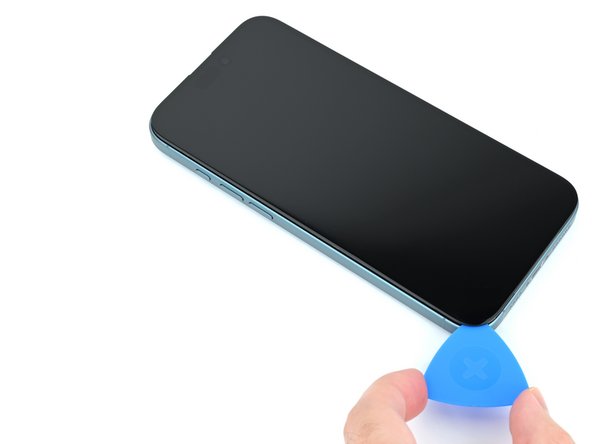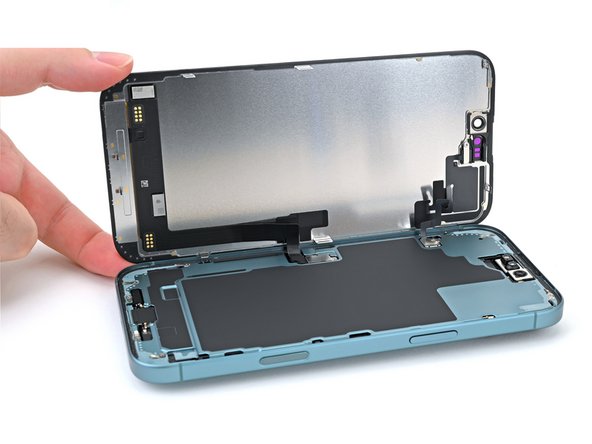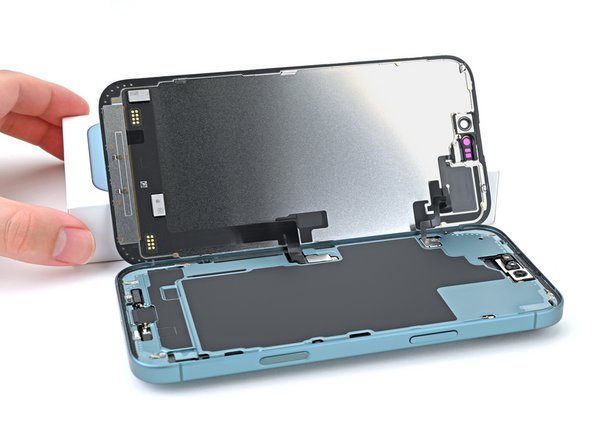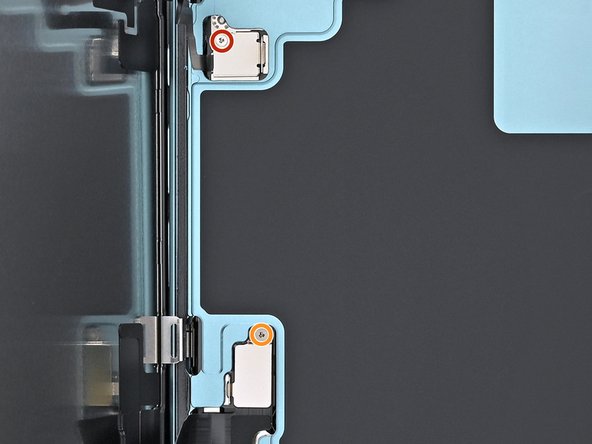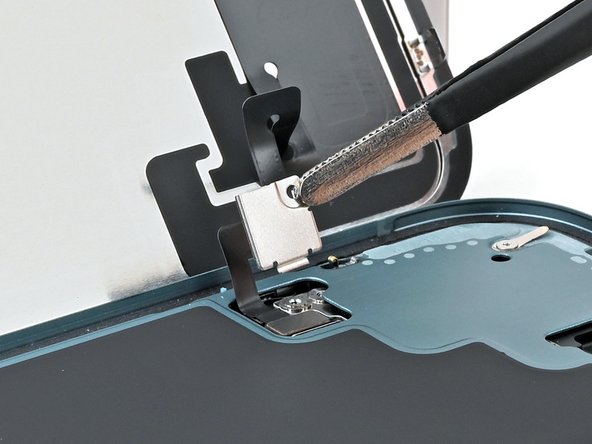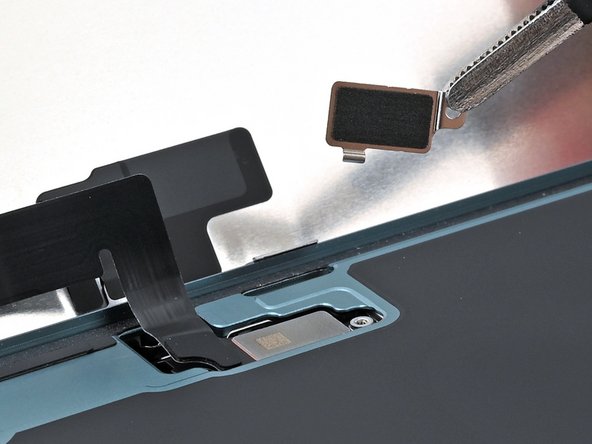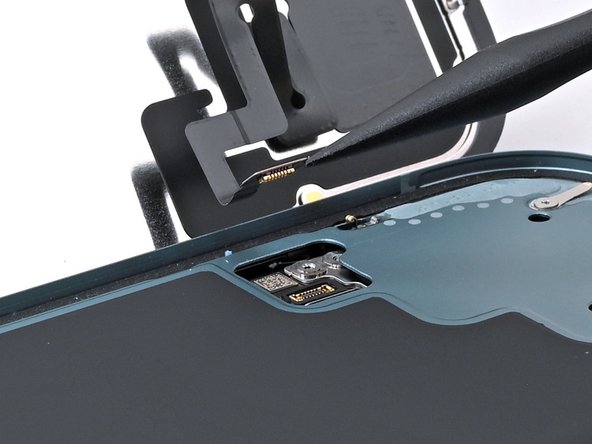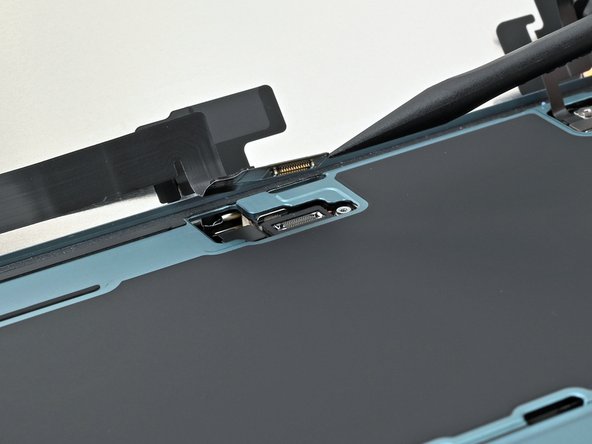DIY Guide to Replace iPhone 16 Plus Screen – Step-by-Step Tutorial
Duration: 45 minutes
Steps: 24 Steps
Hey there! Just a quick heads up: make sure you’re ready for this task. It’s all about being prepared and having a good time while fixing things up. If you need help, you can always schedule a repair!
Follow this guide to replace your iPhone 16 Plus screen if it’s broken, cracked, or just not responding. Remember, you’ll need some replacement screen adhesive for this. Important: Since disconnecting the battery isn’t an option here, make sure your phone stays powered down, avoid using metal prying tools, and steer clear of exposed contacts. After a screen swap, True Tone and auto brightness might get a bit moody. Use Apple’s Repair Assistant to calibrate genuine screens and bring back these features. If you need help, you can always schedule a repair.
Step 1
Let your phone’s battery dip below 25%. Keeping a charged lithium-ion battery around can be a bit risky, so let’s play it safe!
– First things first, let’s disconnect any cables from your phone. We don’t want any unnecessary tangles.
– Next up, press and hold the power button along with either volume button, then slide to power off your device. It’s like giving your phone a little nap!
Step 2
Find a nice, flat spot near the bottom edge that’s spacious enough for your trusty suction cup to grab onto.
– If your screen or back glass is looking a little worse for wear, don’t fret! Just grab some packing tape and lay down some overlapping strips over the glass. This will keep you safe and make the disassembly process a breeze.
Tools Used
Step 3
Don’t go too deep with the pick, or you might harm your device. Mark your pick as a guide to avoid mishaps.
Feel free to mark the other corners of the pick with different measurements.
Alternatively, you can tape a coin 3 mm from the tip of the pick.
– Take a moment to measure 3 mm from the tip and give your opening pick a little love with a permanent marker to mark the spot.
Step 4
– Grab your trusty P2 pentalobe driver and get ready to tackle those two 7.7 mm-long screws flanking the USB-C port. You’ve got this!
Step 5
Get ready for some fun! The next five steps are all about using the Anti-Clamp, our nifty tool designed to make opening your device a breeze. If you’re not rocking the Anti-Clamp, no worries! Just jump down four steps for a different approach.
The Anti-Clamp works its magic by applying suction to both the screen and the back glass. If you want to open just the screen, remember to tape down that back glass nice and secure.
For the full scoop on how to use the Anti-Clamp, check out this guide.
Keep in mind, the tape should only be sticking to the back glass, so your screen can shine free!
– Snip two strips of tape, run them along the long edges of the phone’s back, and fold them over the back glass to secure it. If you’ve got suction tape, fold it over the short edge with the USB-C port while applying. Need help? You can always schedule a repair.
Step 6
If your iPhone’s surface feels a bit too smooth for the Anti-Clamp to get a good grip, just pop some tape on it to add a little texture and make it stick better!
– Give the Anti-Clamp’s blue handle a gentle tug backward to set those arms free.
– With the screen facing up, slide those arms right over the edge of your phone, placing one suction cup on the screen and the other on the back glass. Aim to center those cups near the bottom edge for the best grip.
– Keep your phone nice and level while it hangs out between the Anti-Clamp’s arms—a small box works wonders for support.
– Squeeze those cups together to create a solid suction. You’re almost there!
Step 7
No tape? No worries! Try warming up the suction cups to get them to stick better. If you need help, you can always schedule a repair
– Give that blue handle a gentle pull forward to lock those arms in place.
– Now, twist the handle all the way around—yep, a full 360 degrees—or until those cups start to stretch a bit.
– As those cups stretch out, keep a close eye on their vertical alignment. If they start to slide around, just remove the Anti-Clamp and slap on some tape to help those cups stick.
Step 8
Keep an eye on the heat—don’t let your phone get too toasty! The battery can be a bit dramatic when it comes to overheating.
Or, try using a hair dryer or heat gun to warm up the bottom edge of the screen until it’s hot to the touch.
If you don’t see a gap after a minute, add more heat and twist the handle a bit. Let the Anti-Clamp do its thing, and repeat if needed.
– Warm up your trusty iOpener and give it a cozy hug on the bottom edge of the screen for about two minutes.
– Take a breather for up to a minute while the adhesive loosens up and a little gap appears between the screen and the frame.
Tools Used
Step 9
– Gently slide the end of an opening pick into the tiny space between the screen and the frame—it’s like giving your device a little tickle!
– Carefully remove the Anti-Clamp by using those handy pull tabs on the suction cups. It’s easier than pulling off a Band-Aid!
– Feel free to skip the next two steps—you’re on a roll!
Step 10
Remember to keep the heat in check—excessive heat can be a battery’s worst enemy!
As an alternative, try grabbing a hair dryer or heat gun and warm up the bottom edge of the screen until it feels pleasantly hot to the touch.
– Warm up that iOpener and give the bottom edge of your screen a nice toasty hug for two minutes.
Tools Used
Step 11
– Stick a suction handle on the bottom edge of the screen, just above the USB-C port.
– Give that handle a solid pull with steady force to create a gap between the screen and the frame.
– Slide the tip of an opening pick into the gap.
Tools Used
Step 12
As you slice through the adhesive in the next eight steps, keep your pick shallow, no more than 3 mm, so you don’t mess up these delicate parts:
– There are two delicate cables that connect the screen to your phone. One is located just above the Action button, while the other can be found about halfway between the volume down button and the bottom of the phone. Be gentle with them!
– Keep an eye out for multiple spring contacts that are spread around the perimeter of your phone. These little guys are important, so handle them with care!
Step 13
Keep your pick at a safe distance—no deeper than 3 mm—to prevent any mishaps with the spring contacts!
– Gently slide your pick back and forth along the bottom edge to break the adhesive’s hold.
– Keep your pick in the bottom right corner to stop that adhesive from sealing back up again.
Step 14
Grab your hair dryer or heat gun and warm up the screen until it’s nice and toasty.
– Warm up that iOpener and pop it on the right edge of the screen for a couple of minutes. If you need help, you can always schedule a repair
Tools Used
Step 15
Keep that pick shallow, no more than 3mm, so you don’t mess up the spring contacts!
As you go past, you’ll sense that satisfying click as the metal clip disengages.
– Gently slide your opening pick around the bottom right corner and up the right edge of the screen. This will help you break free from the adhesive and release that pesky metal clip. You’ve got this!
Step 16
Grab a hair dryer or heat gun and heat until it feels hot to the touch. If you need help, you can always schedule a repair.
– Warm up a heated iOpener and place it on the top edge of the screen for two minutes. You’re doing great!
Tools Used
Step 17
Keep your pick within 3 mm, or you might accidentally tickle those delicate spring contacts!
– Keep sliding your pick around the top right corner and across the top edge to loosen the adhesive and pop those two metal clips.
Step 18
Grab your trusty hair dryer or heat gun and warm it up until it’s nice and toasty to the touch!
– Warm up a trusty iOpener and give it a cozy spot on the left edge of your screen for a couple of minutes.
Tools Used
Step 19
Keep your pick at a safe distance—no deeper than 3 mm—so you don’t accidentally mess with those delicate screen cables and spring contacts. You’ve got this!
– Glide the opening pick down the left side of the screen to loosen the remaining adhesive and pop off the last two metal clips. If you need help, you can always schedule a repair
Step 20
At this stage, the screen should be happily liberated from the frame. If it’s still hanging on for dear life, take a stroll around the edges with your pick to see if there are any sneaky bits of adhesive or stubborn clips still holding on.
– Gently swing the screen open from the left edge of your phone and prop it up with something clean and sturdy. You’ve got this!
Step 21
– Grab your trusty tri-point Y000 driver and take out that 0.9 mm screw holding the front sensor connector cover in place. You’re doing great!
– Next up, use that same tri-point Y000 driver to unscrew the 1 mm screw that’s keeping the screen connector cover secure. Keep it up!
Step 22
– Grab those tweezers or just your awesome fingers and gently lift the front sensor cover to a cool 90-degree angle, then unhook it from its cozy spot on the logic board.
– Carefully lift the cover out of its slot and give it a gentle goodbye as you remove it.
– Now, let’s show some love to the screen connector cover and repeat the same process.
– When it’s time to put everything back together, remember to insert each cover at a slick 90-degree angle to re-engage that hook before laying it flat against the press connector. You’ve got this!
Step 23
– Grab your trusty spudger and gently pry up to disconnect the screen press connector—easy peasy!
– Now, let’s give some love to the front sensor press connector—repeat that gentle prying motion.
– When you’re putting everything back together, make sure to align each connector just right over its socket. Use your fingertip or the flat end of that spudger to press down—start on one side, then the other—until you hear that satisfying click. No need to force it; if it’s being stubborn, just reposition and give it another go. You’ve got this!
Tools Used
Step 24
Just a friendly reminder: be super gentle when cleaning the frame and watch out for those spring contacts! We wouldn’t want them to get hurt.
– Pop that screen off the frame and set it aside.
– When putting it back together, follow this guide to reapply the adhesive and get your new screen in place. If you need help, you can always schedule a repair





